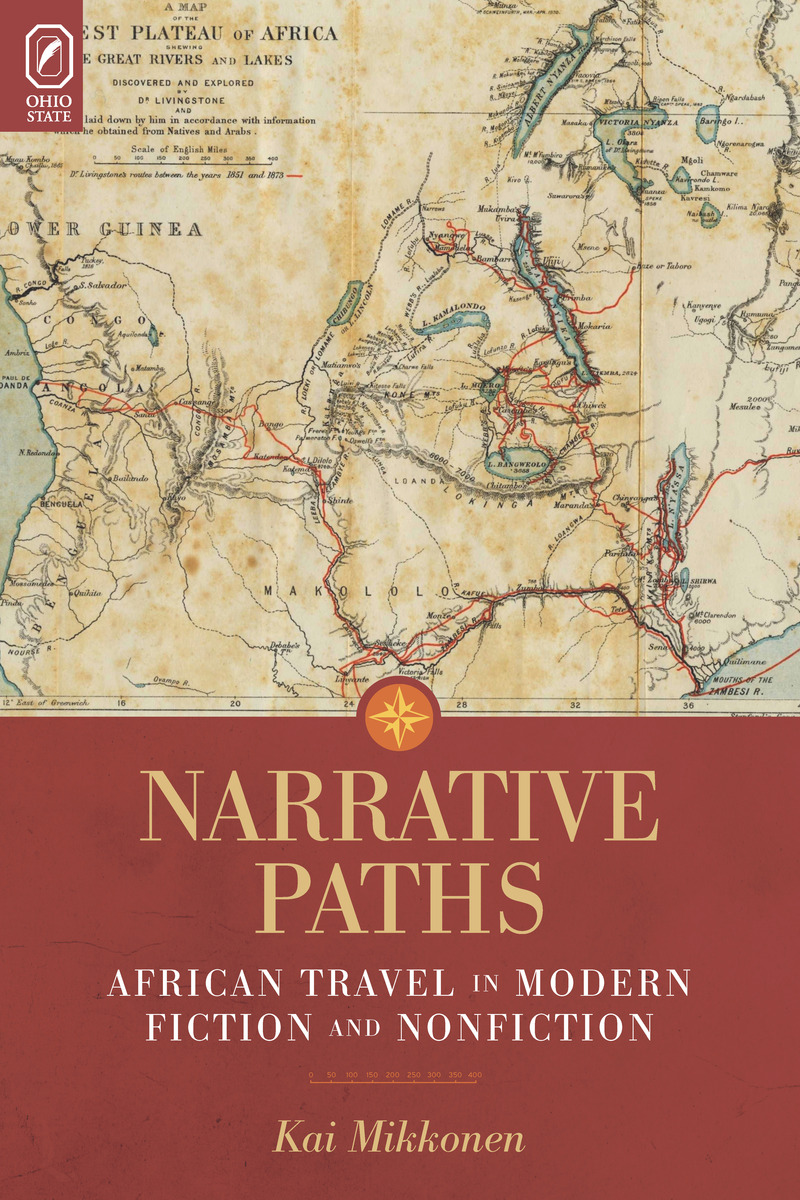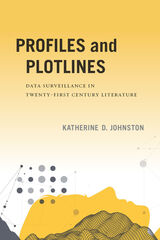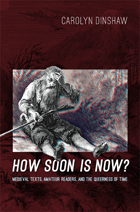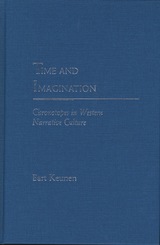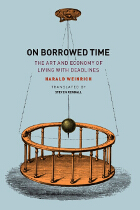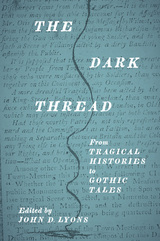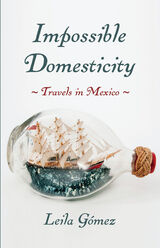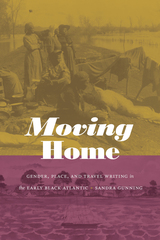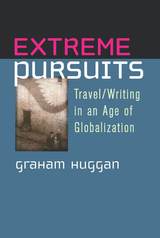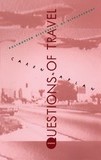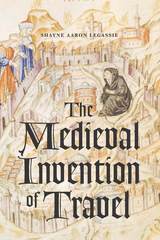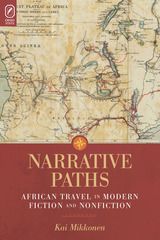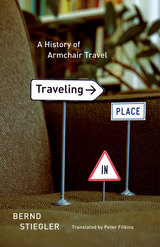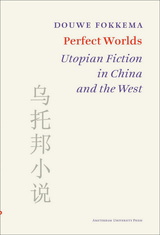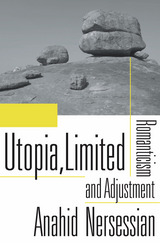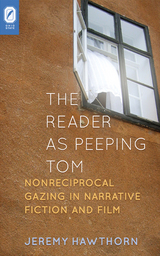Narrative Paths: African Travel in Modern Fiction and Nonfiction
The Ohio State University Press, 2015
Paper: 978-0-8142-5202-4 | eISBN: 978-0-8142-7558-0 | Cloth: 978-0-8142-1274-5
Library of Congress Classification PN56.T7M55 2015
Dewey Decimal Classification 809.93355
Paper: 978-0-8142-5202-4 | eISBN: 978-0-8142-7558-0 | Cloth: 978-0-8142-1274-5
Library of Congress Classification PN56.T7M55 2015
Dewey Decimal Classification 809.93355
ABOUT THIS BOOK | AUTHOR BIOGRAPHY | REVIEWS | TOC
ABOUT THIS BOOK
In Narrative Paths: African Travel in Modern Fiction and Nonfiction, Kai Mikkonen argues that early twentieth-century European travel writing, journal keeping, and fiction converged and mutually influenced each other in ways that inform current debates about the fiction–nonfiction distinction. Turning to narratives set in sub-Saharan Africa, Mikkonen identifies five main dimensions of interplay between fiction and nonfiction: the experiential frame of the journey, the redefinition of the language and objective of description, the shared cultural givens and colonial notions concerning sub-Saharan Africa, the theme of narrativisation, and the issue of virtual genres. Narrative Paths reveals the important role that travel played as a frame in these modernist fictions as well as the crucial ways that nonfiction travel narratives appropriated fictional strategies.
Narrative Paths contributes to debates in narratology and rhetorical narrative theory about the fiction–nonfiction distinction. With chapters on a wide range of modernist authors—from Pierre Loti, André Gide, Michel Leiris, and Georges Simenon to Blaise Cendrars, Louis-Ferdinand Céline, Joseph Conrad, Graham Greene, Evelyn Waugh, and Isak Dinesen (Karen Blixen)—Mikkonen’s study also contributes to postcolonial approaches to these authors, examining issues of representation, narrative voice, and authority in narratives about colonial Africa.
Narrative Paths contributes to debates in narratology and rhetorical narrative theory about the fiction–nonfiction distinction. With chapters on a wide range of modernist authors—from Pierre Loti, André Gide, Michel Leiris, and Georges Simenon to Blaise Cendrars, Louis-Ferdinand Céline, Joseph Conrad, Graham Greene, Evelyn Waugh, and Isak Dinesen (Karen Blixen)—Mikkonen’s study also contributes to postcolonial approaches to these authors, examining issues of representation, narrative voice, and authority in narratives about colonial Africa.
See other books on: European fiction | Modern Fiction | Narration (Rhetoric) | Nonfiction | Postcolonialism in literature
See other titles from The Ohio State University Press
